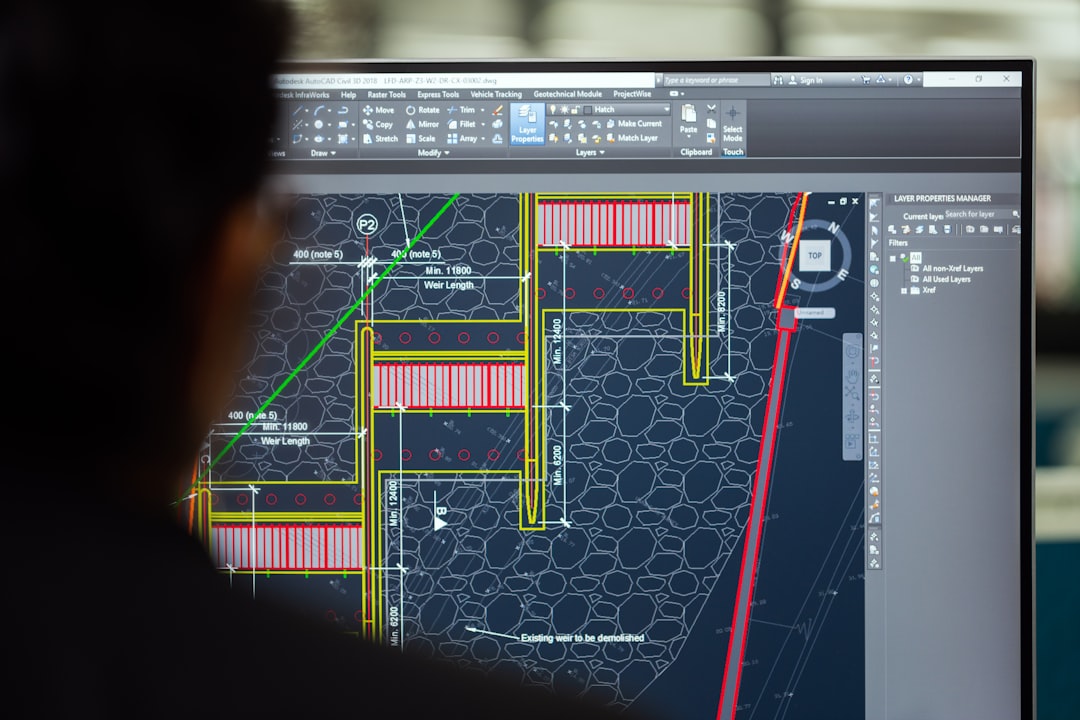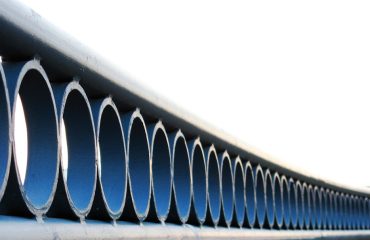Post-production is the crucial final stage where your raw footage transforms into a polished, compelling product. But even the most talented editors can miss minor flaws. This is where robust quality monitoring comes in – a systematic process ensuring your final deliverable meets the highest standards. This comprehensive guide will delve into the essential aspects of post-production quality monitoring, helping you deliver flawless results every time.
Establishing Clear Quality Control Standards
Before you even begin editing, define your quality control (QC) standards. This involves specifying acceptable levels for various aspects of your production, such as:
- Video Quality: Define acceptable levels of resolution, compression artifacts, color accuracy, and image stability. Specify whether you’ll be working in a specific color space (e.g., Rec.709 for television) and adhere strictly to it.
- Audio Quality: Establish acceptable levels of noise, distortion, and audio sync. Consider the desired dynamic range and the presence of any unwanted background sounds. Will you be employing specific audio processing techniques, and to what degree are they acceptable?
- Technical Specifications: Outline the required file formats, codecs, frame rates, and resolutions for your final delivery. These specifications will often be dictated by the platform (e.g., YouTube, Netflix, broadcast television).
- Content Accuracy: This goes beyond technical aspects. Ensure factual accuracy, consistency in branding, and adherence to any pre-defined style guidelines.
Documenting these standards is crucial. A clearly defined checklist will streamline the QC process and ensure consistency across projects.
Implementing a Robust QC Workflow
A well-defined workflow is essential for efficient quality monitoring. Consider these steps:
- Regular Checks Throughout Editing: Don’t wait until the very end. Implement regular QC checks during the editing process itself. This allows for early detection and correction of errors, preventing major issues later on.
- Automated QC Tools: Utilize software designed for automated quality checks. These tools can identify technical issues like dropped frames, audio glitches, and color inconsistencies much faster than manual inspection.
- Dedicated QC Personnel: For larger productions, assigning dedicated QC personnel can significantly improve accuracy and efficiency. A fresh pair of eyes can often spot errors that the original editor might overlook.
- Version Control: Maintain meticulous version control. Keep track of all edits and revisions, allowing you to easily revert to previous versions if necessary.
- Feedback and Collaboration: Establish clear communication channels for feedback. This may involve regular meetings, detailed comments on editing software, or the use of collaborative review platforms.
A well-structured workflow ensures that potential problems are addressed promptly and efficiently.
Utilizing Automated Quality Control Software
Modern technology offers a range of automated QC tools designed to streamline the post-production process. These tools can analyze your video and audio for a variety of issues, including:
- Frame Rate Issues: Detecting dropped frames, inconsistent frame rates, and other technical glitches.
- Audio Problems: Identifying audio dropouts, sync issues, and excessive noise or distortion.
- Video Compression Artifacts: Pinpointing compression artifacts that can degrade image quality.
- Color Issues: Detecting color banding, incorrect color space, and other color-related problems.
- Metadata Verification: Ensuring that all necessary metadata is present and accurate.
While automated tools are invaluable, they shouldn’t replace human oversight. They are best used as a first line of defense, identifying potential problems that require further investigation by a human QC specialist.
The Role of Human Oversight in Quality Monitoring
Despite the advancements in automated QC tools, human oversight remains crucial. While machines can identify technical problems, they can’t assess the artistic merit or the overall impact of the final product. Human QC specialists provide:
- Subjective Evaluation: Assessing the overall quality of the visual storytelling, pacing, and emotional impact. This is something automated tools cannot do.
- Contextual Understanding: Understanding the creative intent behind the production and judging the final product within that context.
- Error Detection Beyond the Technical: Identifying errors that automated tools might miss, such as continuity errors, inconsistencies in narrative, or factual inaccuracies.
- Final Approval: Providing the final sign-off on the quality of the production before delivery.
The combination of automated tools and human expertise creates a robust and effective quality monitoring system.
Continuous Improvement and Refinement of the QC Process
Quality monitoring isn’t a one-time event; it’s an ongoing process of continuous improvement. Regularly review your QC procedures, looking for areas where efficiency can be improved or accuracy enhanced. Consider these steps:
- Analyzing QC Reports: Regularly analyze reports generated by your automated QC tools and human reviewers. Identify common errors and patterns to pinpoint weaknesses in your workflow.
- Feedback from Clients and Audiences: Gather feedback from clients and audiences to identify areas where quality could be improved.
- Staying Updated on Technology: Keep abreast of the latest advancements in QC software and techniques. New tools and methods are constantly emerging that can improve efficiency and accuracy.
- Training and Development: Invest in training for your QC personnel to ensure they have the skills and knowledge to perform their tasks effectively.
By continuously refining your QC process, you’ll ensure that your post-production deliverables consistently meet the highest standards.
Implementing a robust post-production quality monitoring system is an investment in the success of your projects. By combining automated tools with human expertise and a well-defined workflow, you can ensure that your final deliverables are polished, professional, and meet – or even exceed – expectations.
Tags: Post-production, quality control, QC, video editing, audio editing, post-production workflow




